
Bird of the Year

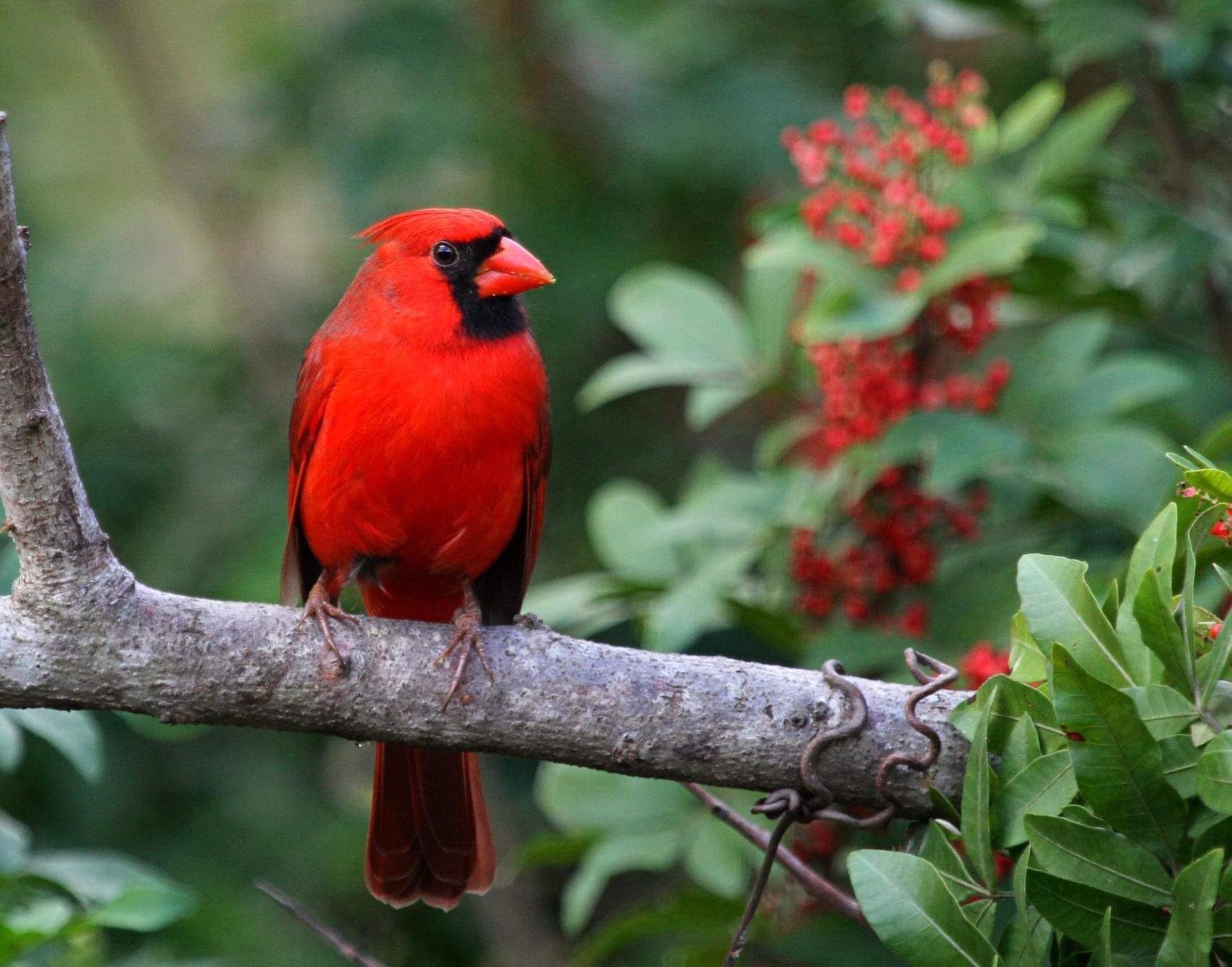

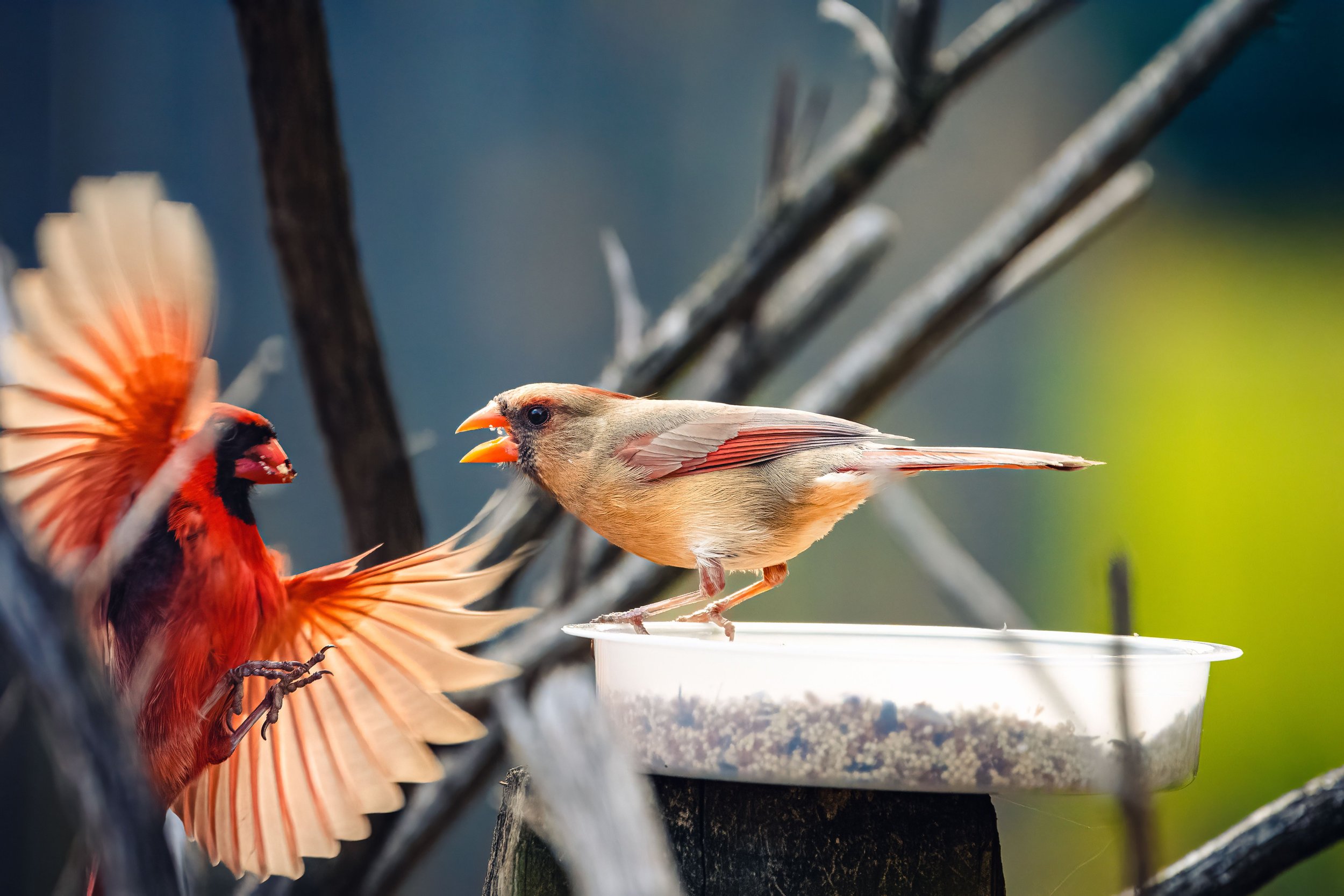
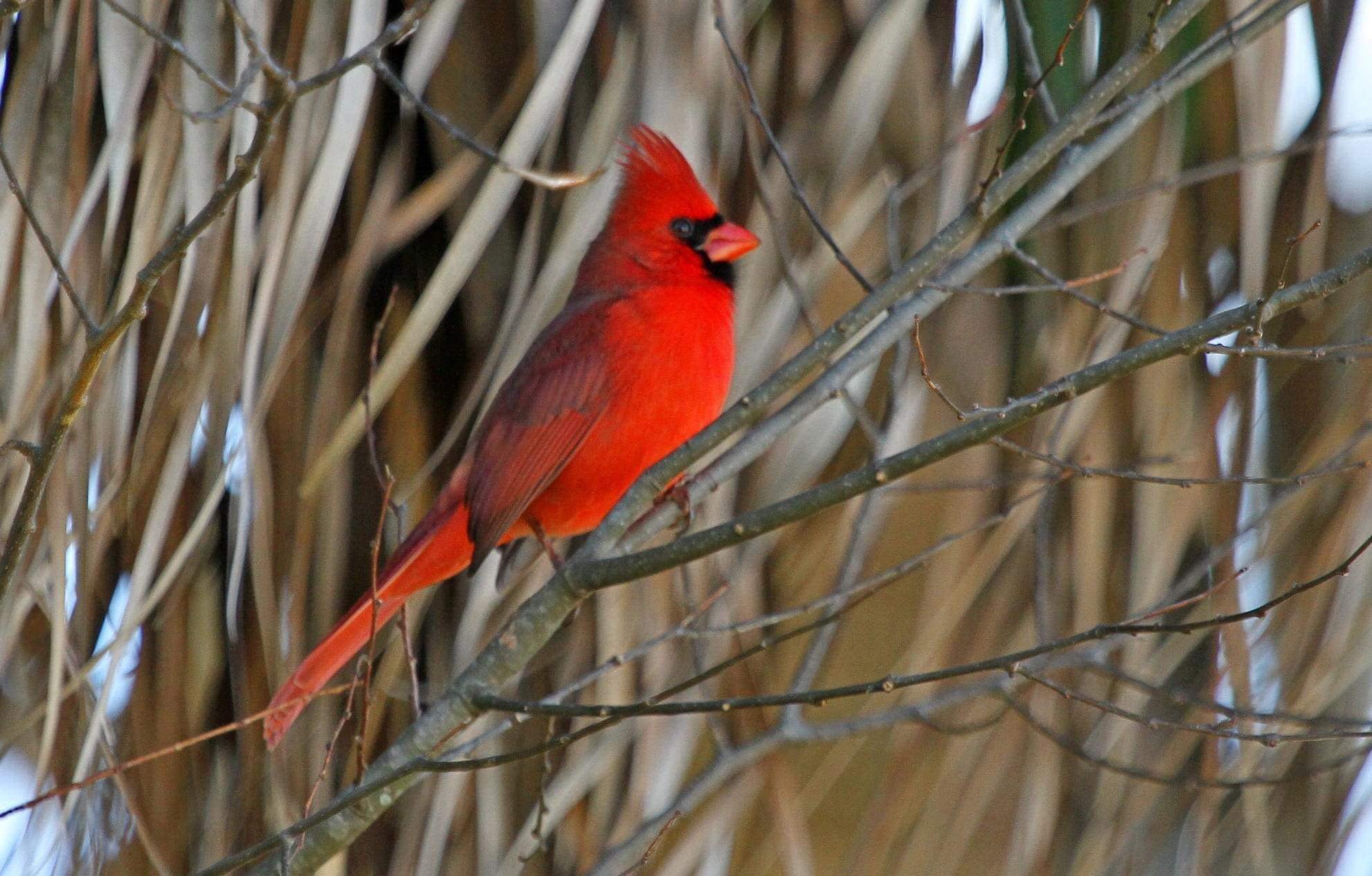
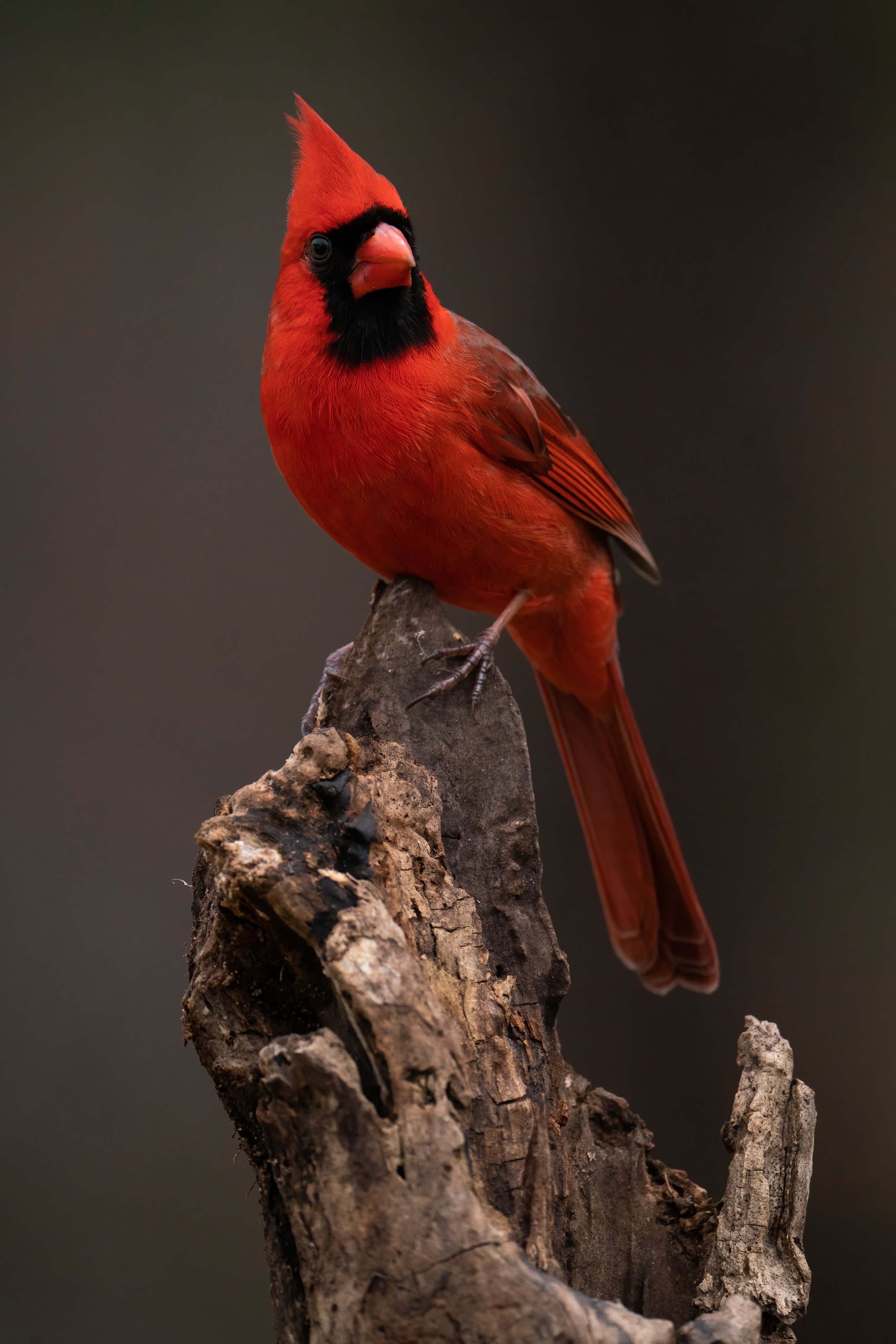
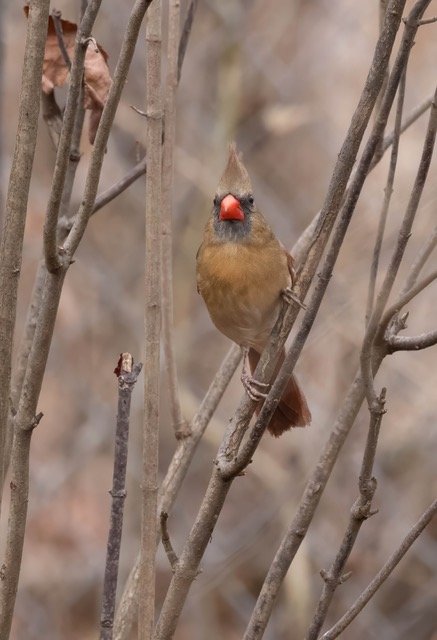



The Bird of the Year program helps teach kids and adults about a new bird each year. In 2024, the Friends of Seven Islands has selected the Northern Cardinal as the Bird of the Year.
Common Name: Northern Cardinal
Scientific name: Cardinalis cardinalis
Length: 8.3 to 9.1 in (21 to 23 cm)
Weight: 1.5 to 1.7 oz Average
Lifespan: 3 to 5 years
Northern cardinals are familiar mid-sized perching songbirds, with a short very thick bill and a prominent crest. The male is solid red with a black mask and chin. The female cardinal is brownish-gray with red wings and tail washed with gray. The female has a smaller crest than the male. The bills on males and females are reddish-orange. Juveniles resemble the females, but have a smaller crest and a dark bill.
DIET: Cardinals eats a variety of foods such as insects, wild seeds, buds on trees and shrubs, wild fruits and berries. They are common feeder visitors, especially those with black oil sunflower seeds. They may visit feeding stations throughout the day, but they are especially common, near dawn and dusk. The bill is especially adapted for extracting seeds by cutting or crushing the shells.
HABITAT: Cardinals are found in areas with shrubs and/or small trees, including forest edges and interior scrubby areas, marsh edges, grasslands with shrubs, plantings around buildings, riparian forests, and desert scrub. The birds need woody plants with dense foliage for nesting.
NESTING: Northern Cardinals nest in a dense tangle of vines or twigs within shrubs and low trees. Males help with collecting materials, whereas the female does most of the building. The nest is a well-built cup, usually less than 5 feet above the ground. The female is the main incubator. Typical number of eggs is 3 to 4. Incubation time is 12 to 13 days. Two or three, and even four, broods are raised each year.
BEHAVIOR: This is a common backyard bird and feeder bird. The male’s territorial song is a common and sweet bird song, familiar during the breeding season. The female is one of the few female bird species that also sings the territory song. Cardinals are territorial and can mistake their reflection in windows for another male threatening their space. You can make your house windows or car mirrors, bird-safe by adding decals or netting. This can protect both the cardinal and the glass.
LOCATION: The Northern Cardinal is found primarily east of the Rocky Mountains and in the desert southwest of the United States. They have widespread scope; their range goes all the way down to Mexico and Guatemala. Populations have been introduced in Hawaii. These birds are not migratory, so the eastern half of the United States gets to enjoy these birds all year.
FUN FACTS: The Northern Cardinal is the official state bird of seven different states. People used to keep cardinals as pets. This was no longer allowed after 1918 when the Migratory Bird Treaty Act was passed. Cardinals molt at least once a year to replenish, damaged feathers. During this process, they lose some or all of their feathers for a couple of weeks. Occasionally, the birds look as if they’ve gone bald. The oldest recorded wild Northern Cardinal lived to be 15 years and nine months old. It was a female banded as a young bird in Pennsylvania.
Bring Awareness, Join the Friends of Seven Islands!
Joining the Friends of Seven Islands helps us support the many birds that call the Seven Islands State Birding Park home, including our Bird of the Year! Please consider joining or donating today.

